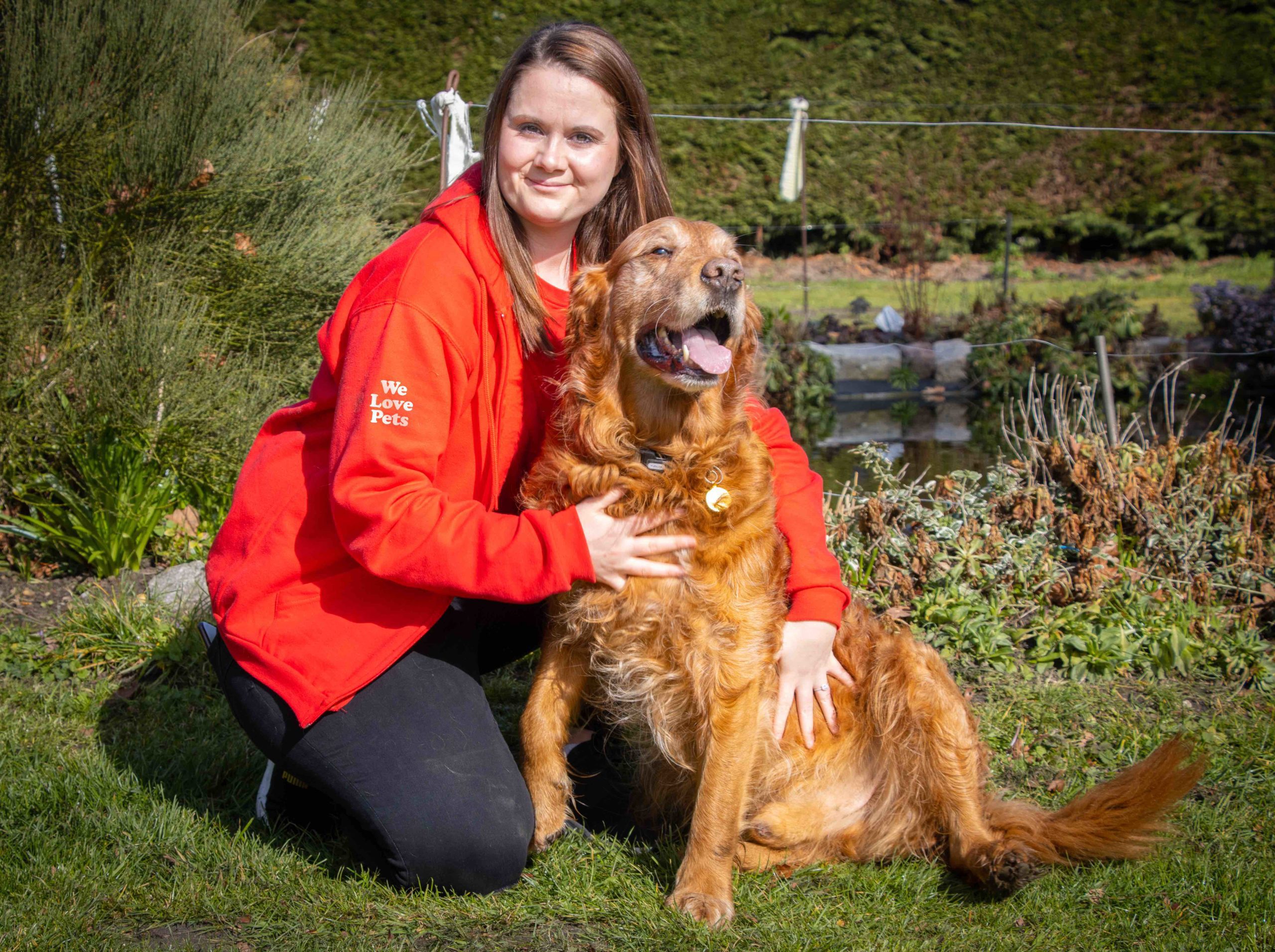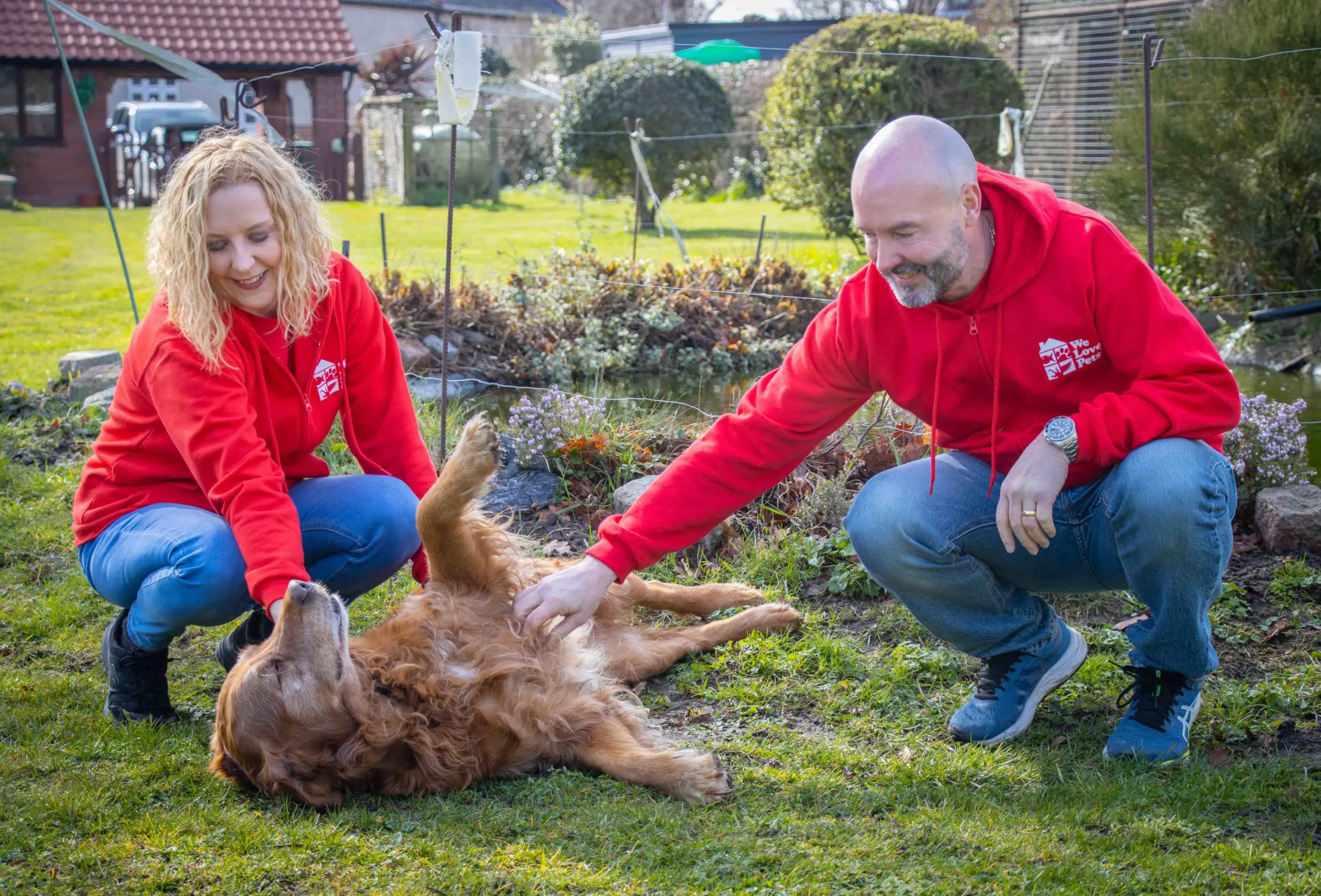Letting your new kitten or cat venture into the outside world can be daunting to both you and your cat but with preparation, a cat friendly garden and a good recall you can help to keep your cat safe and healthy.
Before allowing your cat outside it is important that they are completely settled in your house and are comfortable and trusting of you. Some cats might want to bolt straight out of the door but other nervous or timid cats may need to build up the courage to go out. It’s important to let your cat take it’s time to get used to its new surroundings both inside and out and never force your cat to go somewhere it doesn’t want to.
In this article we will discuss when its best to start letting your cat outside, any preparation you will need to do and what to do the first few times you let them outside.
When
- Kittens: The most important thing you need to do before letting your kitten outside is to ensure they are neutered and had all their required vaccinations; they should be around 4 to 5 months old. The outside world can be a bit frightening to kittens so when you start letting them out, supervise them to ensure they know they can come back to safety.
- Adults: If you have taken on an adult cat then you need to wait until it is completely settled in your home before letting it outside. Even though they may seem eager to get outside try to wait around 2 to 3 weeks and if they are a nervous or timid cat you can wait up to 4 to 6 weeks, this allows them time to get used to their new environment.
Preparation
- Identification: Before letting your cat outside, it’s important to get them microchipped. New rules state that cats must be microchipped before they reach 20 weeks old and owner’s details should be kept up to date. You can get them microchipped by a professional such as a vet or vet nurse. Microchipping gives your cat the best chance of being located and reunited with you if it is lost or stolen. It is also a good idea to place a quick release safety collar on your cat, this must have an ID tag that contains your details.
- Safety: Make sure your garden or outdoor area is safe. Remove or cover any hazards to prevent injury and ensure all fencing is secure to prevent any unwanted dangers from coming into your garden. You should also try to create a cat friendly garden to prevent your cat from wandering off too far and potentially save them from getting lost or injured. A few examples of what you should have in your cat friendly garden include: places to hide, cat friendly plants to investigate, shelter from the elements, a toilet area and a source of fresh water.
- Recall: To help entice your cat to come back inside try using treats. Call your cats name and try shaking a packet or tub of treats, when they come in, give them a treat. If your cat is not food motivated then you can try different approaches such as using verbal praise or their favourite toy. Remember to regularly do this with them to build a positive association with coming back inside the house.
Letting your cat outside
When you first let your cat outside, it would be good to go out with them and leave the door open to allow them to decide where they want to go. Some cats may be too nervous to go out and may need more time to get used to going outside. Take treats and toys with you to entice them to come inside or if they wander too far. These sessions should be done regularly and build up the amount of time you let your cat out. Once your cat seems relaxed and confident being outside, start letting them go unaccompanied.




